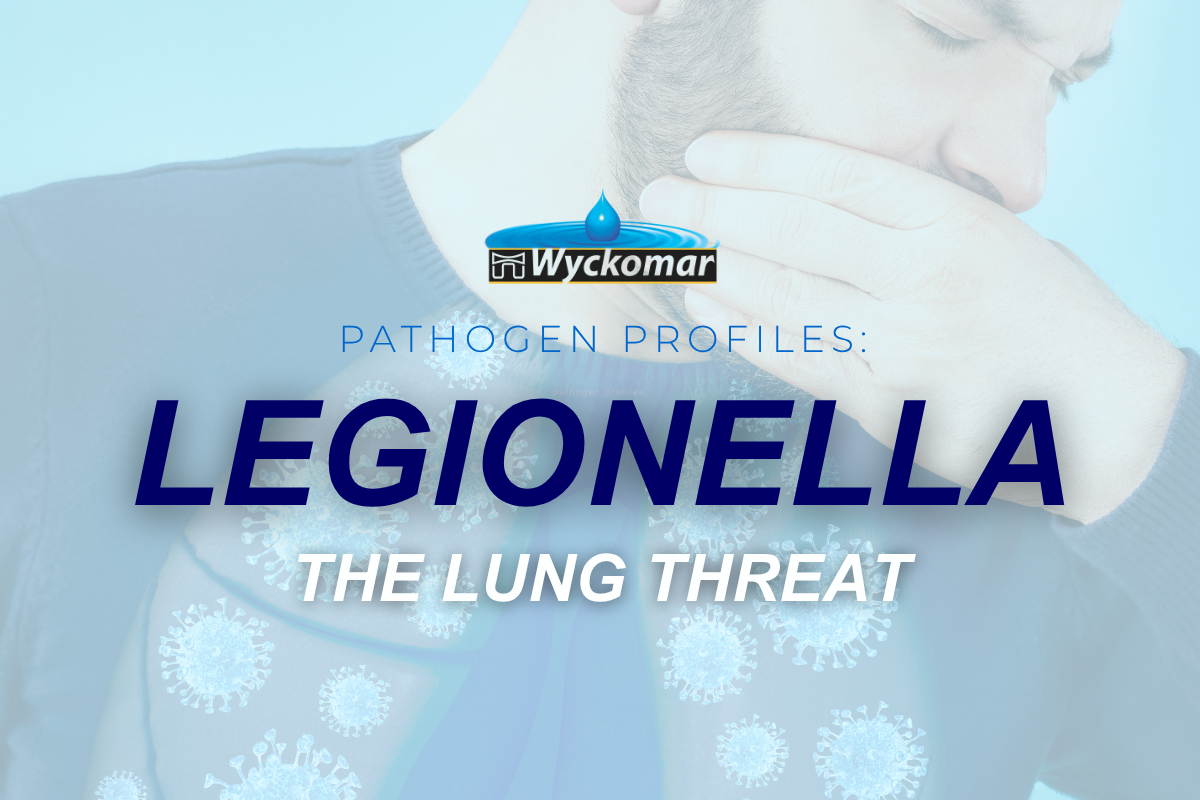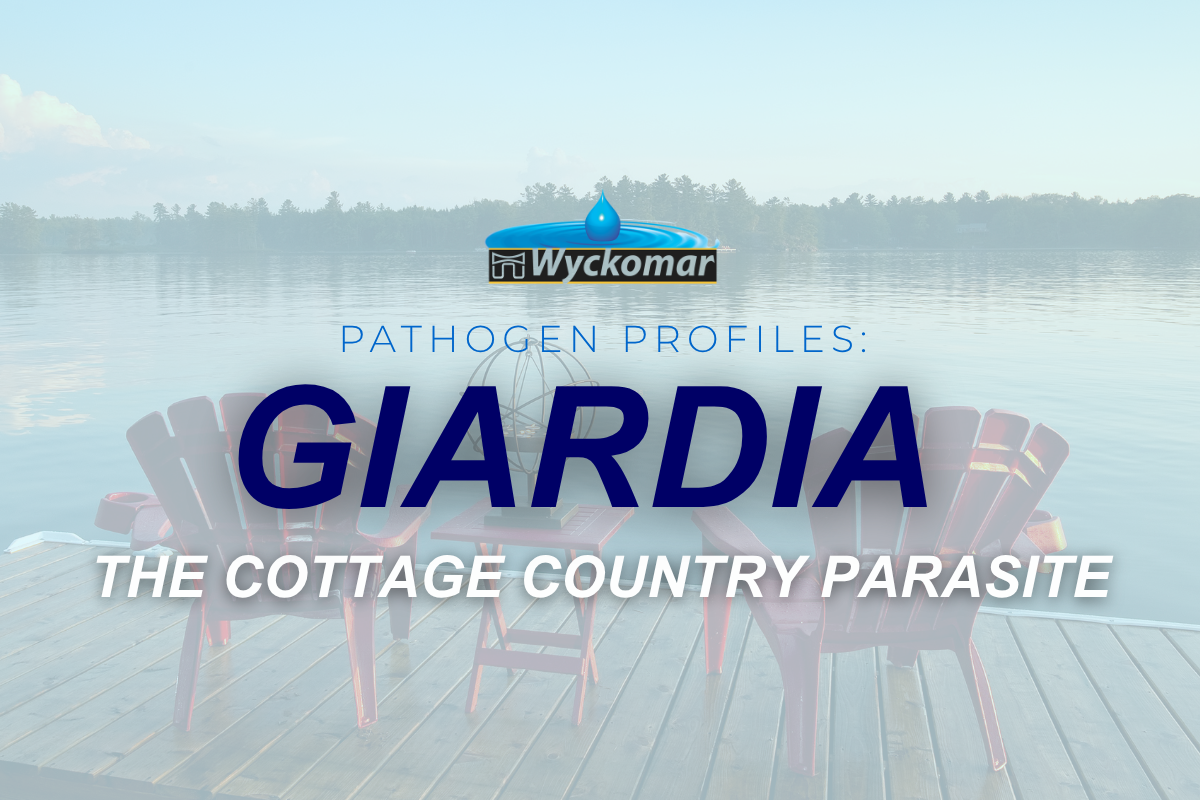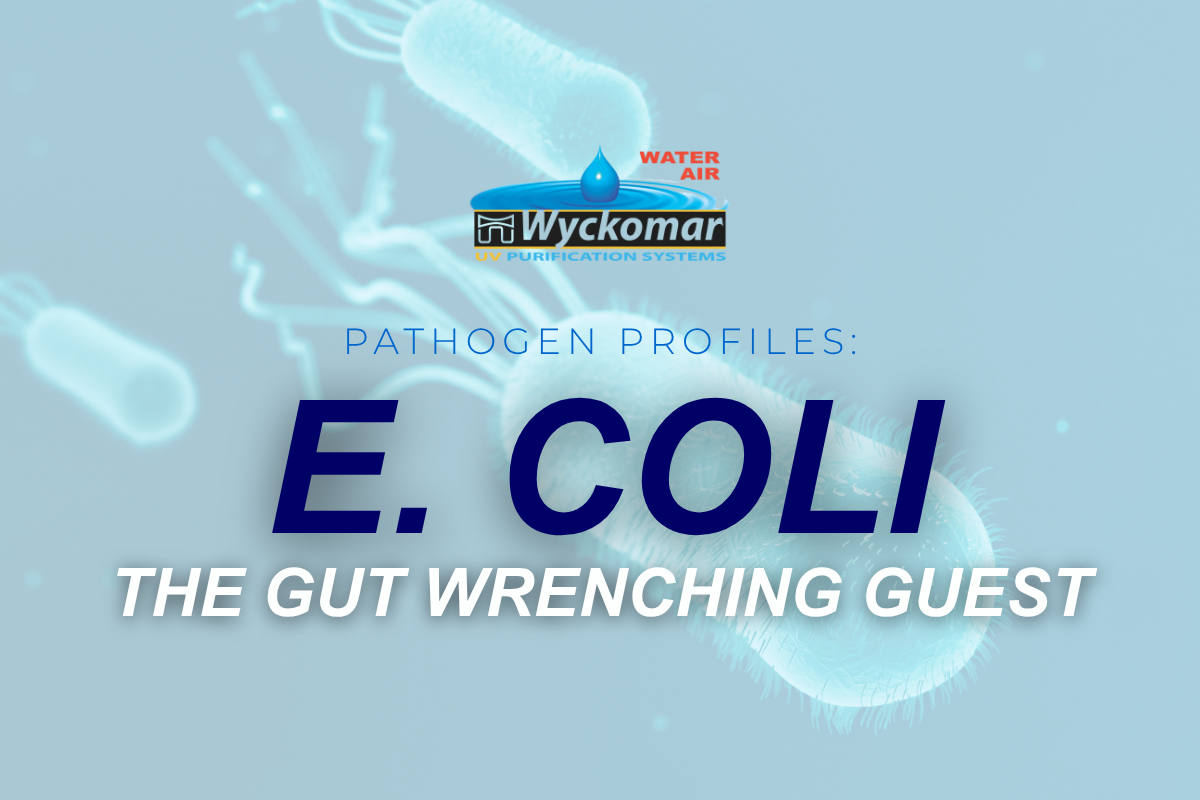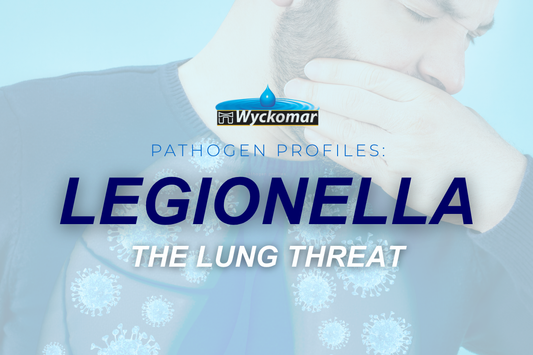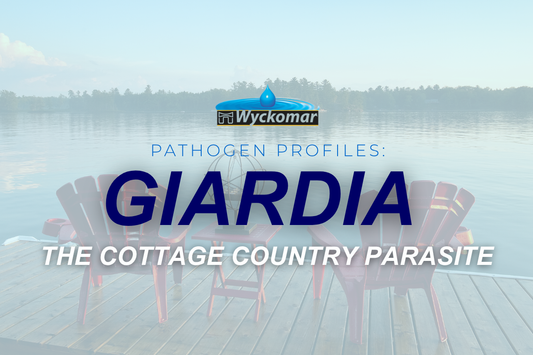Lead contamination in drinking water is an issue that still affects many households across Canada and beyond. While we’ve come a long way in improving water safety, homes built before the late 1980s are especially at risk due to aging infrastructure. If your home has old plumbing, it’s worth understanding how lead may be entering your water—and what steps you can take to protect your family.
Where Does Lead in Water Come From?
The most common source of lead in drinking water is lead pipes that connect your home to the municipal water supply. Even if the water leaving the treatment plant is clean, it can pick up lead as it travels through these old pipes. Additionally, older faucets, fixtures, and plumbing solder inside the home can contribute to contamination.
Thankfully, many of these sources can be addressed with simple upgrades. Modern, lead-free faucets and fixtures are widely available and easy to install. You can also purchase a lead test kit to check your water supply at home, giving you peace of mind and a clearer picture of your water quality.
Why Lead is a Serious Concern
When it comes to lead, there’s no safe level of exposure—especially for children. Even small amounts of lead can impact brain development, behavior, and learning. Adults aren’t immune either; lead exposure can contribute to high blood pressure, kidney problems, and reproductive issues.
That’s why it’s essential to take action if you suspect lead in your drinking water.

Additional Tips for Safer Water
-
Maintain your filters: Always follow the manufacturer’s instructions for installation, use, and replacement. An expired filter may not effectively remove lead. And remember—never run hot water through a lead-removal filter.
-
Clean your faucet aerator: Lead particles and other debris can build up in your faucet’s aerator (the small screen at the tip). Clean it regularly to prevent trapped particles from entering your drinking water.
-
Use cold water for drinking and cooking: Lead dissolves more easily in hot water. Always use cold water for drinking, cooking, and making baby formula.
-
Flush your pipes before use: If water has been sitting in your pipes for several hours, let the tap run for a few minutes before using it. This helps clear any water that may have absorbed lead while sitting in the pipes. The amount of flushing time depends on your plumbing system and whether you have a lead service line.
Protecting Your Family with Wyckomar
At Wyckomar, we’ve been standing on guard for Canadian families for over 40 years, proudly offering water treatment solutions you can trust. We’re committed to helping homeowners navigate water quality challenges like lead contamination.
👉 Learn more about lead in drinking water via this article by EPA:
Basic Information about Lead in Drinking Water


